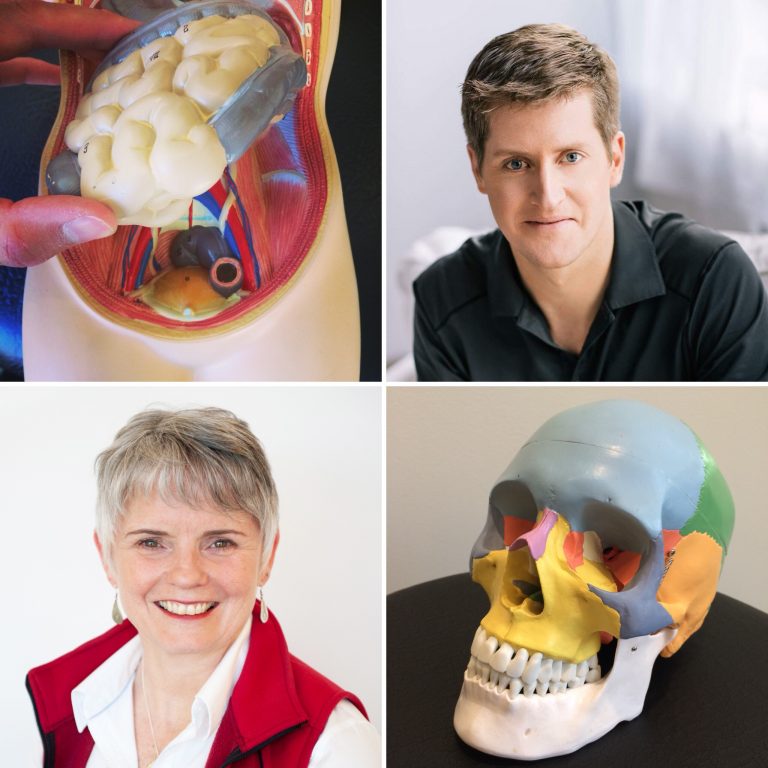Osteopathy is a profession that uses various forms of manual therapy to assess and treat tension and restriction in people’s bodies. It overlaps with physiotherapy, chiropractic and massage approaches, but with more of a focus on treating fascia, organs and nerves than simply just a person’s muscles and joints. In Europe and the eastern United States, Doctors of Osteopathy (D.O.) are more common place than here in Vancouver. In Vancouver, most people don’t really know what Osteopathy is and as a result some of the most highly experienced and trained practitioners continue to work under their original designation of physiotherapist or massage therapist because a D.O. doesn’t really hold any value to them.
Many therapists in Vancouver have found great utility in the body of work created and taught by osteopaths and have managed to integrate the osteopathic approach into their practice effectively without the need to call themselves an Osteopath. I am a physiotherapist that has learned a dry needling approach, an exercise approach and a variety of manual therapy techniques including visceral and neural manipulation. The Osteopathic approach has filled in a lot of gaps for me and has helped me treat the whole person a lot more effectively.
Visceral Manipulation is the act of assessing and treating the fascial mobility of a person’s organs and determining if that could be a driving force behind their pain, alignment or mobility issues. Jarring forces, surgeries, infections and stress can all affect the connective tissue in the body; visceral manipulation trains a therapist to understand and feel how the relevant anatomy may be involved in the puzzle of dysfunction a person may be experiencing. Bad chest infections and coughing can create tension in the pleura of the lung and limit trunk or shoulder mobility. Fascial restriction around an ovary can translate into low back pain when a woman is menstruating. An irritable bowel can annoy your left sciatic nerve and too much stress can tie your stomach in knots and create reflux.
Brent Stevenson and Judy Russel at Envision Physiotherapy use visceral manipulation as part of their approach to help solve clients’ problems that seem to run deeper than their muscles and bones. Judy has been an instructor with the Barral Institute teaching anatomy for many years and brings a wealth of knowledge and experience to the Envision team. Brent has taken ten courses with the Barral Institute in both visceral and neural manipulation over the past six years and continues to deepen his understanding of the role of fascia and organs in pain problems.
Neural Manipulation is a relative of craniosacral therapy in that it is a gentle manual technique to assess and treat the membranes and connective tissue in the nervous system from the head down into the body. The skull is made up of a number of bones and encases a lot of important anatomy that affects your whole body. Neural manipulation gives a therapist the skills to feel and treat tensions in the head from car accidents, dental work, blows to the face and stress that can have a negative impact on your nervous system locally and globally. Neural and visceral manipulation dove tail together very well and form the ground work for the osteopathic approach to manual therapy. Envision physiotherapists lead by Judy and Brent have learned to integrate these approaches as part of a physio session that could also include dry needling, posture and exercise to help keep you moving.
You can learn more about Visceral Manipulation on Brent’s Blog WhyThingsHurt.com or at the Barral Institute.

